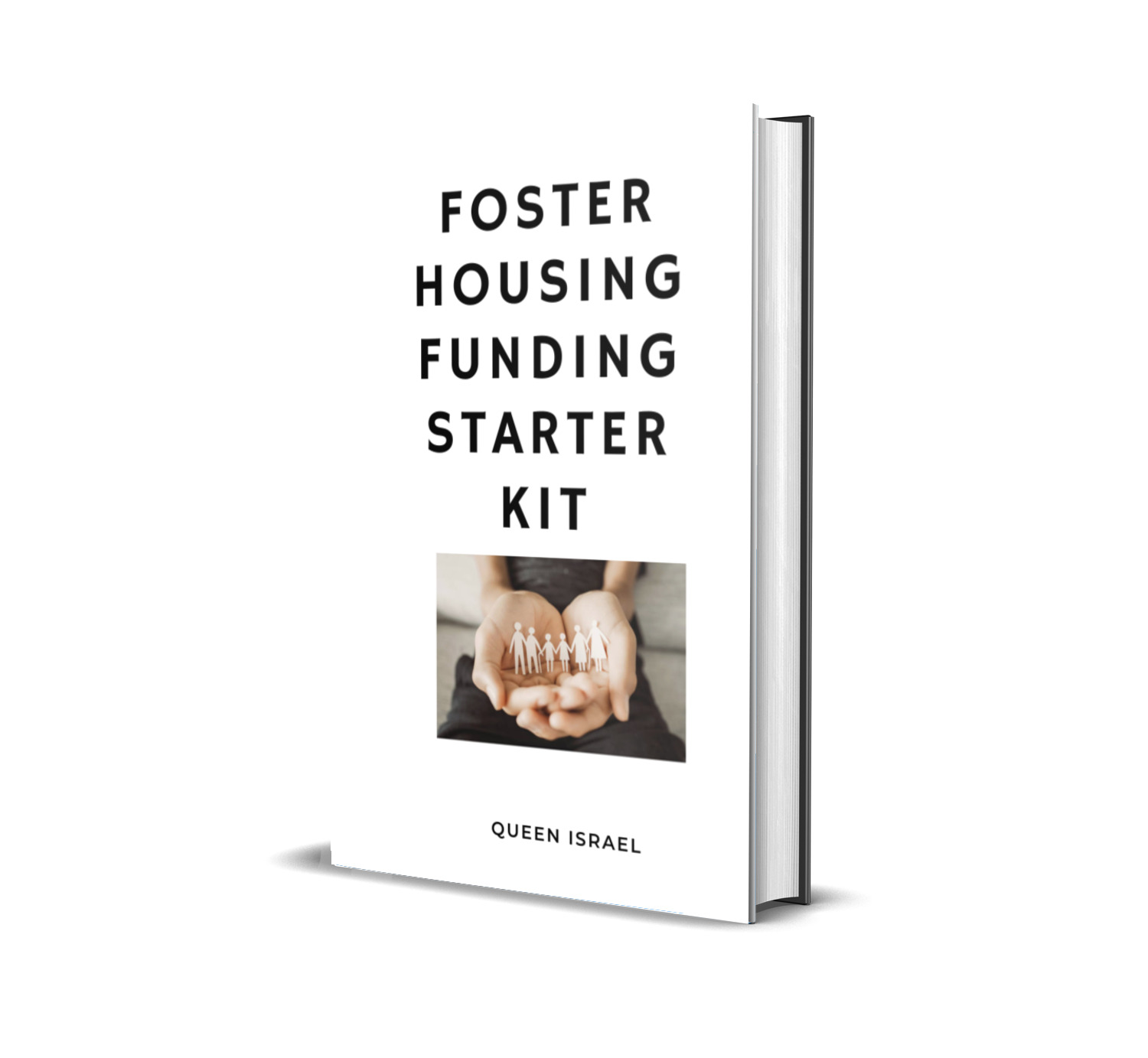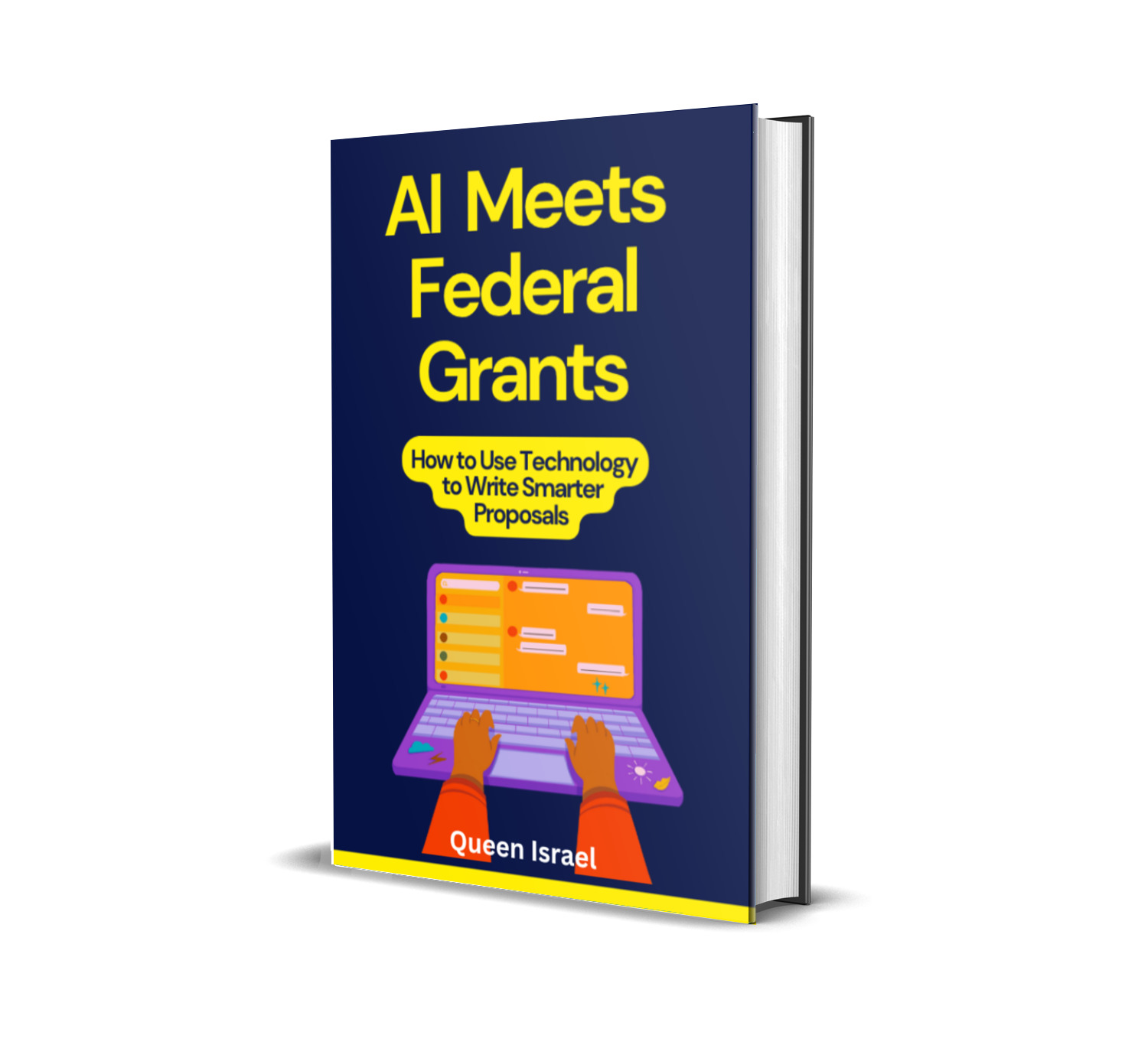Life can throw a curveball at anyone, and for women facing financial hardships, finding the right support is crucial. Hardship grants for women provide a lifeline when unexpected situations arise, from medical emergencies and job loss to domestic violence or natural disasters.
These grants are a vital resource that helps women get back on their feet during tough times.
In this article, we’ll explore the types of hardship grants available for women, how to apply, tips to improve your chances of success, and delve deeper into real-life stories, expert advice, and additional resources.
Why Hardship Grants Matter
Many women face financial instability at some point in their lives due to various challenges like medical emergencies, job loss, or personal crises such as domestic violence. In such situations, hardship grants offer more than just financial support—they offer hope, a sense of community, and a pathway to recovery. Understanding and accessing these grants can significantly change the trajectory of one’s life by easing the financial burden and providing a foundation for rebuilding.
What Are Hardship Grants for Women?
Hardship grants for women are financial awards designed to help women navigate life’s unexpected and challenging events. Unlike loans, these grants do not need to be repaid, which makes them an invaluable resource when dealing with financial stress. They are typically offered by government agencies, nonprofits, and private organizations with the goal of supporting women in need.
Key characteristics of hardship grants for women include:
- No repayment: Grants provide funding that doesn’t need to be paid back, easing the pressure on women facing financial crises.
- Targeted support: Many grants focus on specific groups such as single mothers, survivors of domestic violence, or women affected by natural disasters.
- Varied coverage: They cover a wide range of needs, from emergency assistance and healthcare costs to educational support and business startups.
Understanding these characteristics can help potential applicants determine which grants are best suited for their situation.
Types of Hardship Grants for Women
There are several types of hardship grants available to women. Let’s break down the most common ones, highlighting them so you know exactly where to look.
1. Government Grants for Women
The government offers various financial assistance programs aimed at helping women through difficult times. For example:
- Temporary Assistance for Needy Families (TANF): This program provides financial assistance to low-income families with children, helping cover essential living costs like food, housing, and transportation. Women, especially single mothers, can rely on TANF to provide stability while they work towards self-sufficiency.
- Women, Infants, and Children (WIC): The WIC program offers grants for pregnant women, new mothers, and children under five, ensuring access to nutritious food, healthcare referrals, and other services. This program is essential for preventing malnutrition and promoting health during the early stages of life.
Government programs often have straightforward application processes, clear eligibility criteria, and offer consistent support, making them an excellent first stop in your search.
2. Nonprofit and Charitable Organizations
Many nonprofits provide hardship grants to women, especially those facing domestic violence, homelessness, or financial abuse. For instance:
- YWCA: The YWCA offers various programs, including emergency shelter, counseling, and financial assistance to women in need. Their grants often focus on immediate crises such as housing instability or escaping abusive environments.
- United Way: Through local chapters, United Way provides connections to resources that address urgent financial needs. They can help you find assistance for paying bills, purchasing necessities, or accessing job training programs.
Nonprofit organizations are usually community-focused, providing not just financial support but also counseling and resources to help women build a sustainable future.
3. Private Grants
Private foundations and companies also offer hardship grants. These grants can range from one-time emergency funds to ongoing assistance programs. For example:
- Amber Grant for Women: Although primarily targeted at female entrepreneurs, the Amber Grant helps women who need a financial boost to start or grow a business. For women who have lost their jobs and are considering entrepreneurship, this grant offers a new avenue to financial independence.
- Local Community Foundations: Many local organizations have funds earmarked for residents in crisis, including women. These grants often address neighborhood-specific issues and can be a more personalized route to assistance.
Private grants often have less rigid eligibility requirements and can sometimes be accessed more quickly than government grants, making them a valuable resource in an emergency.
4. Emergency and Crisis Assistance Grants
In times of disaster—be it a flood, hurricane, or wildfire—emergency grants become crucial. Organizations like:
- American Red Cross: Offers immediate financial assistance to help cover the costs of temporary housing, clothing, food, and other necessities after a disaster. Women affected by such events can rely on these resources to stabilize their lives.
- Salvation Army: Provides emergency financial aid, shelter, and support services to women and families in the aftermath of a crisis. Their programs are designed to quickly address urgent needs so that women can start the recovery process as soon as possible.
Emergency grants are particularly important as they not only address immediate needs but also lay the groundwork for long-term recovery through counseling, job placement, and community support.
The Application Process for Hardship Grants
Applying for hardship grants might seem daunting, but breaking it down into manageable steps makes it much more approachable. Let’s discuss each step in detail.
1. Determine Eligibility
Before diving into applications, carefully review the eligibility criteria for each grant. Some key factors include:
- Income level: Many grants are aimed at low-income individuals or households.
- Specific needs: Some grants focus on medical expenses, housing, education, or entrepreneurial ventures.
- Personal circumstances: Certain programs require documentation such as proof of domestic violence, homelessness, or job loss.
Knowing the common words such as eligibility, application process, and requirements will help you navigate websites and resources efficiently.
2. Gather Documentation
Having all your paperwork in order will streamline the process. Documentation may include:
- Proof of income: Tax returns, pay stubs, unemployment benefits statements, etc.
- Medical bills: Detailed records if the grant pertains to healthcare costs.
- Identification: Copies of your driver’s license, passport, or other ID.
- Supporting letters: Statements from professionals like social workers, doctors, or case managers who can verify your situation.
Proper documentation not only speeds up the application process but also strengthens your case. If a grant application asks for certain keywords like financial hardship evidence or supporting documents, being prepared with a comprehensive file is key.
3. Craft a Compelling Application
Writing a strong application is crucial. Here are a few tips:
- Be clear and concise: Explain your situation succinctly. Avoid unnecessary details that don’t directly support your case.
- Tell your story: Include personal anecdotes that highlight why you need the grant. Use a friendly, conversational tone to make your application engaging.
- Highlight your needs and goals: Clearly state how the grant will help you achieve stability or overcome a particular challenge.
- Use positive language: Focus on how the grant will enable positive change rather than dwelling solely on the negative aspects of your situation.
A well-crafted application that resonates emotionally can make a significant impact. Highlight terms like clear explanation, personal story, and compelling narrative within your text to align with what reviewers may expect.
4. Submit Your Application
Once your application is complete:
- Double-check everything: Ensure all fields are filled out correctly and all required documents are attached.
- Meet deadlines: Submitting before the deadline is crucial. Late applications are often not considered.
- Use the proper channels: Some grants require online submission, while others might need mailed documents. Follow the instructions precisely.
Being prompt and detail-oriented during submission can set you apart from other applicants.
5. Follow Up
After submission:
- Confirm receipt: Check with the organization to ensure your application has been received.
- Be available: Sometimes additional information or an interview may be requested. Be ready to respond promptly.
- Stay positive and persistent: The process can be lengthy, and rejection is a possibility. If you don’t succeed at first, consider reapplying or seeking alternative grants.
Following up shows your commitment and can keep your application at the forefront of the reviewer’s mind.
Leveraging Additional Support and Networking
Navigating grant applications is not just about paperwork; it’s also about leveraging support from communities and networks. Here’s how you can expand your support system:
Join Support Groups and Online Communities
Online forums and local support groups can provide emotional support and practical advice for navigating the grant process. Websites like Reddit, Facebook Groups, and community-specific forums allow you to:
- Share experiences: Learn from others who have successfully navigated the hardship grant process.
- Ask questions: Get advice on application tips, resume building, and more.
- Network: Connect with mentors, social workers, and professionals who can guide you through the process.
Being part of a community can be empowering and reduce the isolation often felt during financial hardships.
Access Educational Resources
Many organizations, including the Grant Writing Academy, offer newsletters, webinars, and workshops on how to write successful grant applications. By learning from experts, you can improve your writing skills, understand what grant reviewers look for, and increase your chances of success.
A great resource is the Grant Writing Academy Newsletter. By subscribing, you’ll gain access to exclusive tips, strategies, templates, and tools that can substantially enhance your success rates when applying for grants. This newsletter not only shares the latest information on grants but also provides educational content to help you write stronger proposals.
Real-Life Success Stories
Understanding the real-world impact of hardship grants can be incredibly motivating. Let’s look at a couple of hypothetical examples based on common experiences:
Case Study 1: Sarah’s Journey to Financial Stability
Sarah, a single mother of two, lost her job due to a company downsizing. Facing mounting bills and the risk of losing her home, she researched hardship grants for women. By following the steps outlined above, she applied for a TANF grant and an emergency assistance grant through her local United Way chapter. With the financial support received, Sarah was able to pay her rent, cover her children’s school supplies, and eventually enroll in a vocational training program funded by a nonprofit. This training helped her secure a well-paying job, breaking the cycle of poverty.
Case Study 2: Maria’s Path to Recovery from Domestic Violence
Maria escaped an abusive relationship and needed a safe place to live and funds for legal services. With limited savings, she turned to The YWCA and applied for a domestic violence recovery grant. The assistance covered her temporary housing, legal fees, and counseling sessions. Maria’s situation stabilized, and she eventually found a job and secured her own apartment. The grant didn’t just provide money—it gave her a fresh start and a renewed sense of hope.
These stories illustrate how hardship grants can transform lives, offering not only financial relief but also empowerment and stability.
Statistics:
Let’s take a closer look at some relevant data and statistics that underline the need for hardship grants for women:
- According to the National Women’s Law Center, nearly 1 in 5 women live in poverty in the United States. This statistic is alarming and highlights the urgency of financial support programs designed specifically for women.
- The Institute for Women’s Policy Research reports that women earn approximately 82 cents for every dollar earned by men. This wage gap affects women’s financial stability and their ability to save for emergencies, making hardship grants critical.
- The U.S. Census Bureau data indicates that about 25% of households headed by single mothers live below the poverty line, compared to 8% of households headed by single fathers. This highlights the unique financial struggles faced by many women.
These statistics, sourced from reputable institutions, emphasize why accessible and well-publicized hardship grants are crucial in addressing systemic inequalities and supporting women during crises.
Final Thoughts and Call to Action
Hardship grants for women are more than just funds—they represent the collective support of communities, organizations, and governments working to uplift those in need. By understanding the various types of grants, how to apply, and utilizing a wealth of resources, you can find the financial help necessary to overcome your specific challenges.
Remember, persistence is key. The journey to securing a grant might involve setbacks, but with determination and the right knowledge, you can navigate the process successfully.
Ready to take your grant writing skills to the next level?
Subscribe to the Grant Writing Academy Newsletter today. By signing up, you’ll access invaluable tips, strategies, templates, and tools to enhance your success rates when applying for grants. This resource is designed to empower you with the knowledge and skills needed to secure funding, whether you’re seeking hardship grants or exploring other financial opportunities.
Stay informed, stay persistent, and remember that help is available. The right resources and guidance can make all the difference in turning hardship into hope, helping women rebuild their lives and futures.
Additional Resources and Support
a) Expand Your Knowledge
The grant writing field is always evolving. Keep learning and improving your skills to stay competitive.
Recommended Resources:
- Request for Proposal Success: How to Write Proposals That Win: Learn the techniques and strategies to create standout proposals.
- Tech Startup Funding Secrets: Navigating Grants for Maximum Growth: Perfect for those in the tech sector looking to leverage grants for scaling.
- Grant Proposal Guide for Environmental Projects: Tailored for environmental initiatives seeking to secure impactful funding.
- The Ultimate Guide to Federal Grant Applications: Techniques for Success: Master the complexities of federal grants with actionable insights.
Explore More Books Here
b) Invest in Expert Guidance
Want to fast-track your growth and achieve even more success?
Join one of our mentorship programs for tailored advice and support:
Mentorship Programs:
- 3-Month Mentorship: The Foundation Builder: A short-term plan to refine your grant writing skills and win your first (or next) grant.
- 6-Month Mentorship: The Proposal Pro: Dive deeper into strategies, proposal reviews, and funding plans.
- 1-Year Mentorship: The Funding Champion: Build long-term success with comprehensive guidance, unlimited reviews, and exclusive resources.
C) Book a One-on-One Consultation
Sometimes you just need personalized advice to tackle challenges or fine-tune your strategy. Let’s work together to solve your unique grant writing challenges.
Book a Consultation Call Here
Links
Navigating the world of grants can be daunting, but the right resources make a world of difference. Here are some essential links to help you further in your search for assistance:
- Grants.gov: The U.S. government’s official site for federal grant opportunities. It’s a central hub for finding federally funded grants, including those aimed at providing financial relief. Visit Grants.gov
- Amber Grant for Women: Specifically for female entrepreneurs, this grant offers both monthly funding and a yearly prize. While it’s not strictly for hardship, it can help those looking to rebuild financially through entrepreneurship. Learn more at Amber Grants for Women
- The National Domestic Violence Hotline: Offers resources, support, and guidance for those escaping abusive situations, including access to financial assistance resources. Visit TheHotline.org
- United Way: Local chapters connect individuals to community resources and financial assistance tailored to local needs. Find your local United Way
- YWCA: Provides a variety of services including housing, job training, and emergency financial assistance for women in need. Explore YWCA services






